Choosing A Workout Split
If you're serious about reaching a fitness goal like muscle growth (hypertrophy) or fat burning, you need a workout plan that supports your goals, schedule, and training level. Knowing what exercises to do daily, ensuring you hit every muscle group, and incorporating rest days will help you train more effectively. And since consistency is needed to reach a goal, having a plan makes it easier to add to your schedule.
There are many different ways to train and break up your weekly regimen, most commonly known as a workout split. Each split uses a different method for structuring your workouts to offer different results. To help you understand the differences and choose the right split for you, let's cover 5 popular workout splits.
Types of Workout Splits:
Push/Pull/Legs
Full Body
Traditional Bro-Split
Upper/Lower Split
Antagonist Split
Keep in mind…
1. Each workout split can be structured to fit levels from beginner to advanced.
2. Each split should include a rest day once or twice within your 7-day week.
3. Workout splits focus on how you structure your workout. Multiple splits can incorporate the same exercises but in different pairings.
4. No one split is more effective than the other. It all depends on your goals and how well the workout plan is structured.
Push/Pull/Legs
Your muscles work together to perform specific movements. This split emphasizes that aspect and separates your working muscles into 3 groups: pushing muscles, pulling muscles, and legs, in a 3-day cycle.
Day 1: Push. Focus on the chest, triceps, and shoulders.
Day 2: Pull. Focus on the back and biceps.
Day 3: Legs. Focus on quads, hamstrings, glutes, and calves. Abs/core are often added to this day.
Benefits:
Pairing the right exercises in this split can help you gain muscles and strength while also allowing you to hit each group twice a week, and include a full day of rest. Its effectiveness and simplicity make this one of the most popular splits.
Your legs also function in push and pull movements. An alternative method is a 4-day cycle. Separating legs into two sessions allows you to rest between your upper body days.
Day 1: Push Upper Body: chest, triceps, shoulder
Day 2: Push Lower Body: quads and calves
Day 3: Pull Upper Body: back and biceps
Day 4: Pull Lower Body: glutes and hamstrings
Full Body
This split doesn't split anything at all. Instead of working on a particular muscle group a day, you'll attempt to hit all the major muscle groups within one workout. Depending on the plan, you will do this by either incorporating compound movements or with a combination of isolated exercises.
Benefits:
If you're easily bored with your workouts, enjoy more high intensity, or have a busy schedule, this split may be your style. This split can aid in building muscle and burning fat by combining intensity and frequency. However, this can also put you in danger of overtraining if you don't include enough recovery and rest. A well-designed plan is a must for this split.
You need a good strategy for structuring each workout to avoid overtraining and burnout. I suggest 3 days of work followed by a day of rest and recovery. Aim for different levels of intensity each day to create a 7-day plan that's sustainable and effective.
Traditional Bro-Split
This method allows you to focus on one muscle group each training session. In a traditional 7-day split, you will work: back, chest, arms, legs, and shoulders with two rest days.
Benefits:
You can see a lot of growth with this split which allows you to focus on taxing one muscle group at a time. And with two days of rest, your recovery can help you continue to progress.
And because no muscle group works entirely on its own, you get the added bonus of additional secondary muscle groups being hit each day.
This is my personal favorite when it comes to workout splits. It's simple and effective, especially if your goal is hypertrophy. There are different variations of this split, including my Bro-ish Split program which focuses on gaining muscle mass, but with enough time for rest and recovery.
Upper/Lower Split
This split separates your upper body and lower body in a 2-day cycle that repeats 2/3 times in a week. On upper days you will hit: back, bicep, tricep, chest, and shoulders. On lower days you will hit quads, hamstrings, glutes, calves, and hips.
Benefits:
This split is great for working more muscle groups in a single session and allows you to hit them multiple times during the week. A good plan will help you see an increase in strength. Like with a full-body split, it's important to avoid overtraining and injury since your training days have a higher frequency. Always incorporate rest days within the cycle.
Antagonist split
A favorite of Arnold Schwarzenegger, this split is all about working opposing muscle groups together. For example, working your back along with your chest. You can think of this as the opposite of the Push/Pull/Legs split. By focusing on opposing muscles, you can hit a movement's two "phases". Simply put, push and pull. You can do this by how you structure your training sessions and/or incorporating supersets.
Benefits:
The antagonist split is great for increasing strength and fixing muscular imbalances. With an emphasis on supersets, this split can also help you maximize your time in the gym with quicker sessions that are effective. Like all splits, the right workout plan can produce lasting results.
Having an effective workout plan helps you see results. Knowing which workout split matches your style, goals, and schedule can make crafting that plan much easier.







